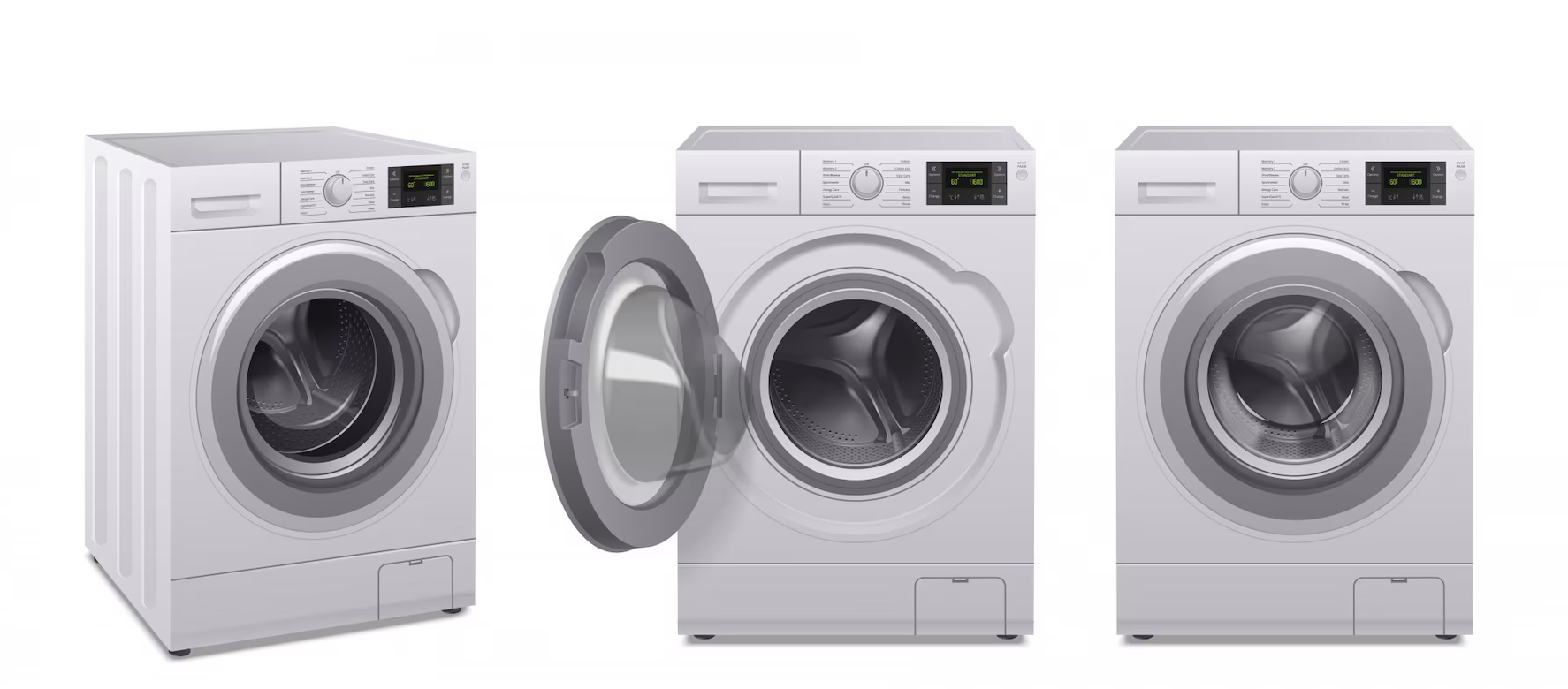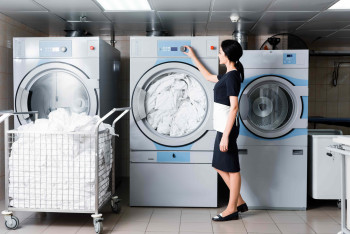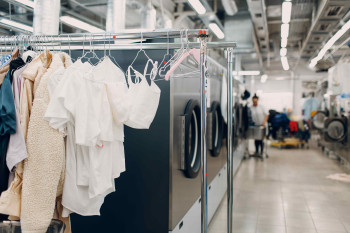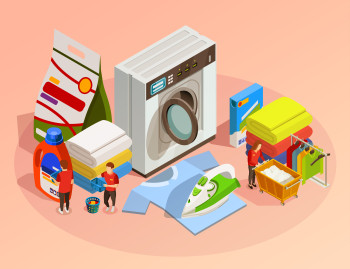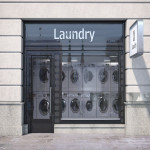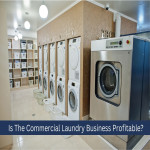Machines play a crucial role in the process. They are the most important factor to be considered. A wrong decision in selecting machines can lead to loss of
- Efficiency
- Energy
- Quality
- Money
Which can lead to the total downfall of the business. When you are selecting a machine, you should also consider the capacity on which you want to work. Capacity selection is the most important and first step in selecting the machines. Capacity selection means how many garments or clothes you want to process in a working shift of 9 working hours. This differs from segment to segment it may be retail, hospital, hotels or railways etc.
Now let’s see the calculation
Every Washing and Drying machine comes in kg capacity. For example, 10kg, 12kg, 15kg and 30kg etc.
To find out real capacity one has to deduct 20% of the capacity for example a 10kg machine is actually an 8 kg machine. The reason is that in the front load machine there should be a space of 20% for efficient cleaning. We will talk about the difference in the principle of front load and top load in the coming chapter. Now let’s see the calculation
Step 1: Calculate the weight of the garment
Eg.1 shirt is 250gm. Approx.; 1 kg of the shirt has 4 pc
Step 2: Calculate the time of washing cycle
Eg. Generally washing & extraction cycle is 35min
Step 3: Multiply the number of pc to the REAL capacity of the machine
Eg. 4*8=32 PC per 35mins
So in 35 min, you can wash 32 pc of the shirt in one cycle
Now calculate yourself for the drying period
- General cloths dry in 45 min cycle.
- Woolen may take up to 1 hr.
This is an example only to make you understand. Different projects have different calculation.
In the same way on 1 press table can do
- Dry clean garment press: 80 Pc per day
- Starch cloth press: 45 Pc per day
- Laundry garment press: 90 to 100 Pc per day
Once you have decided your capacity the second most important factor is mode of operations
- Gas
- Electric
Machines like dryer, Press boiler, and garment finishing machines work on steam. Which is either generated by gas or electric coils. Dryer also required electricity to produce heat to dry the cloths.
The best practice is to use gas heated operated machines as they are efficient in terms of money as well as efficiency.
The machine can be further divided into Domestic as well as imported. There is a huge debate on which machine one should buy domestic or imported. One thing which should be considered is the price customer is going to pay and the efficiency you want.
The imported machine comes with higher prices and maintenance but they are efficient.
On the other hand, domestic machines come with a lower price and low maintenance but are comparatively less efficient in terms of power-saving only.
Please note that both of the machines has the same cleaning power.
One thing that matters the most is the knowledge of Processes and chemicals once you know the chemical, fabric and process you can do the cleaning in any machine.
Also, what you need to decide is your
- Customer- the target group
- Business goal.
- Risk bearing capacity
Before you decide which machines, you should buy.
There is a number of machines involved in the process. The machine has been further divided according to the process. Only cleaning machines change in the process; dry cleaning, wet cleaning or laundry, other machines remain more or less the same.
Machines are categorised according to the process.
- Pre-spotting machines
- Cleaning machines
- Finishing machines
- Packaging machines
We will discuss machines in our next blog
"
